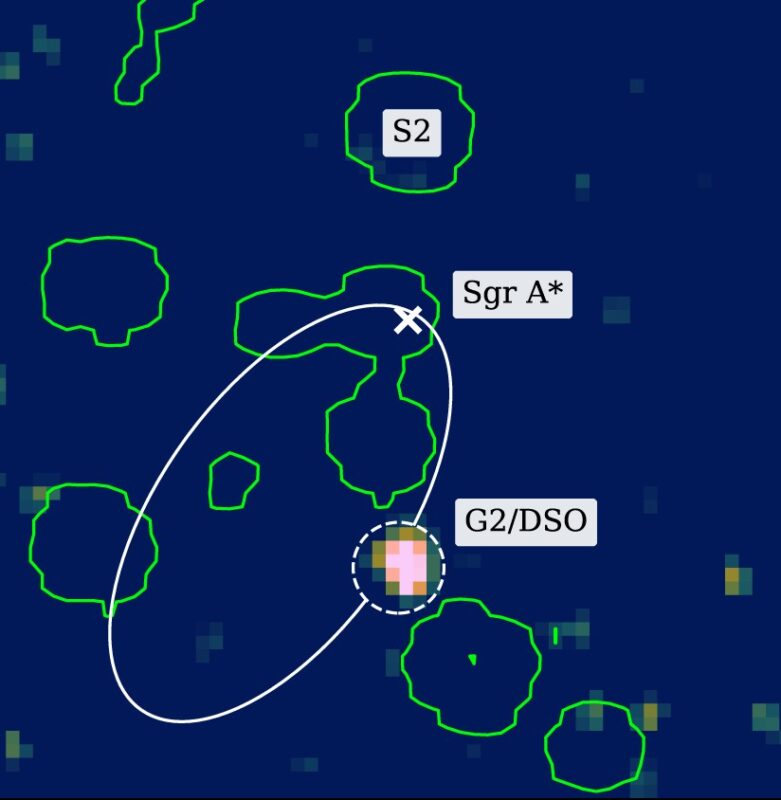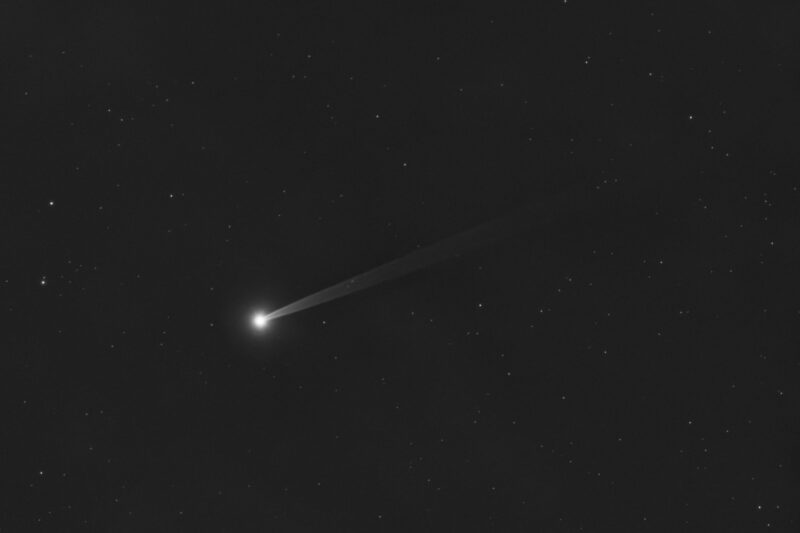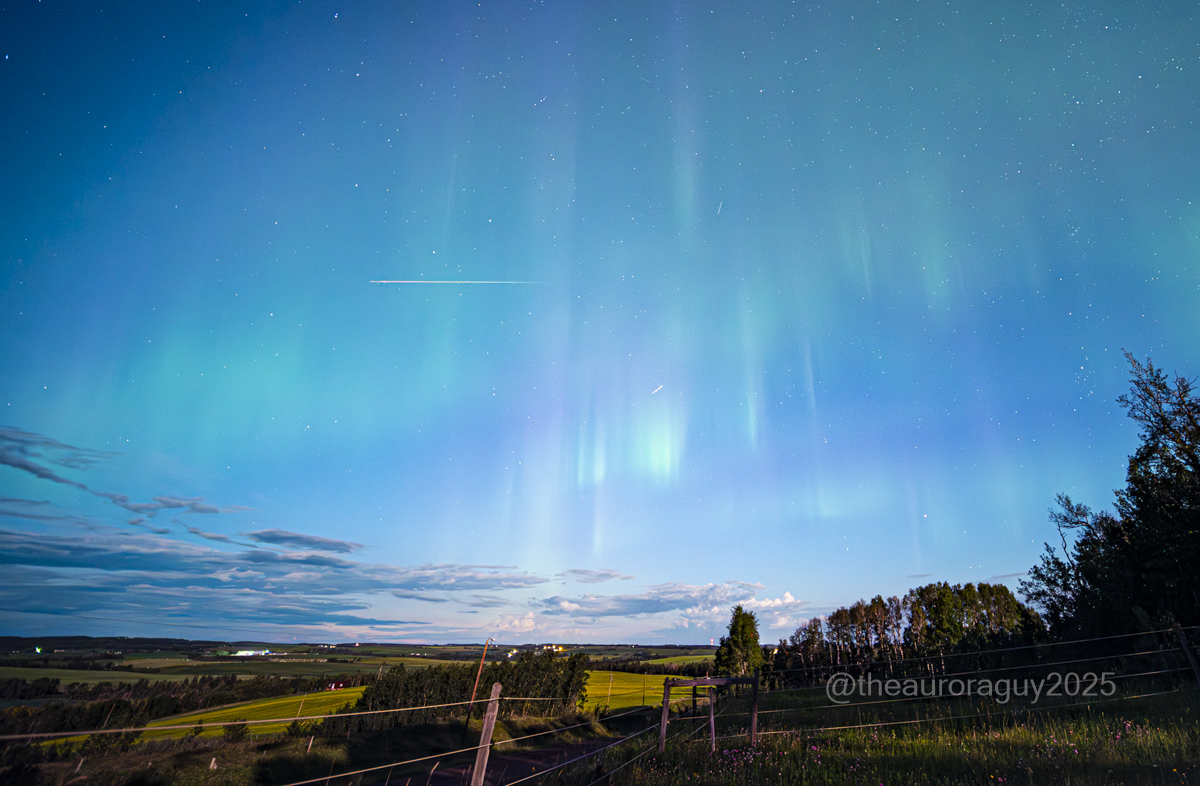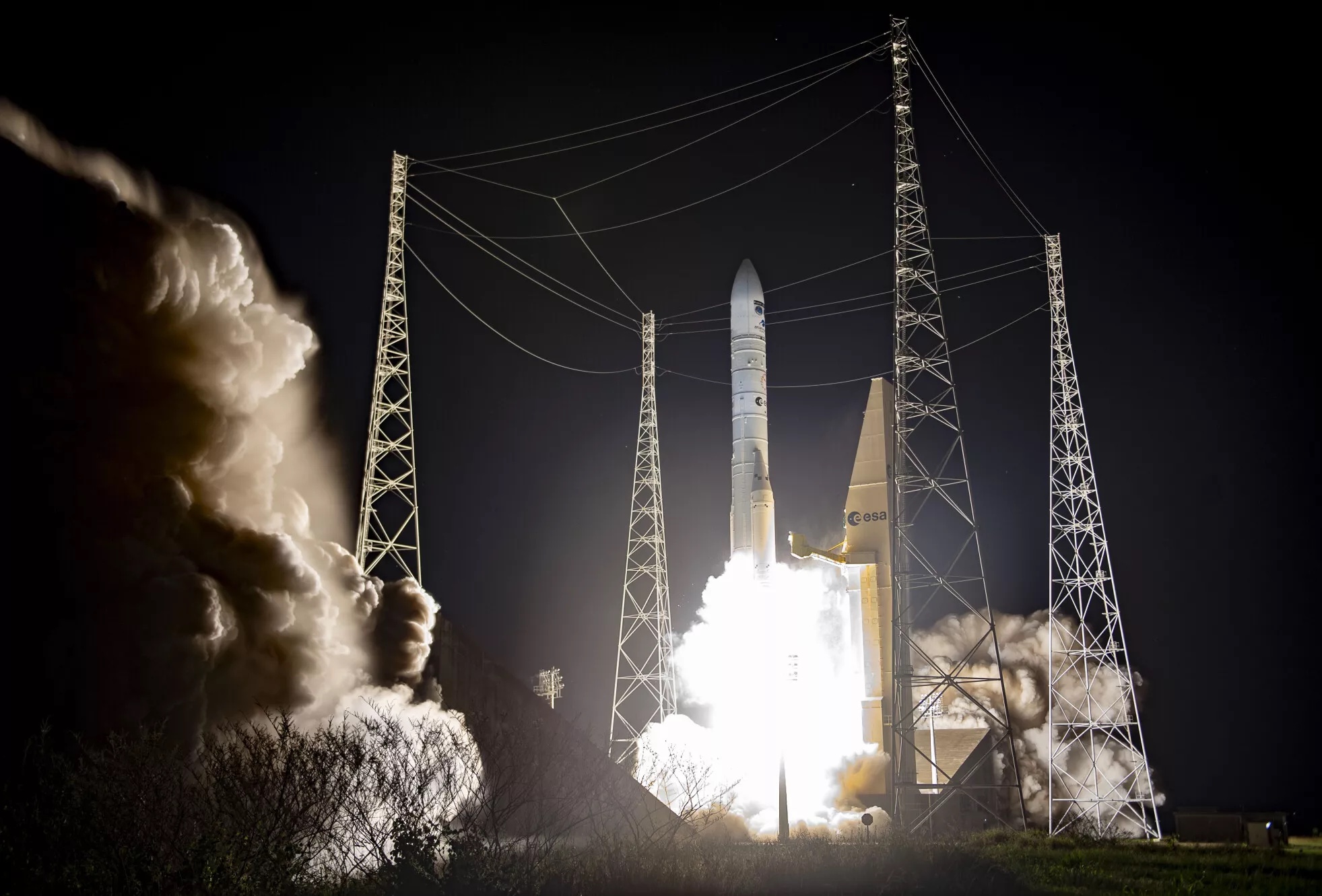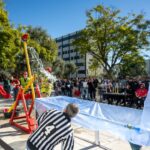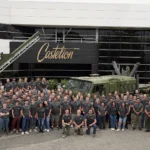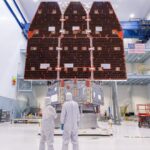Now Reading: Surprisingly chaotic early universe had supersonic turbulence
-
01
Surprisingly chaotic early universe had supersonic turbulence
Surprisingly chaotic early universe had supersonic turbulence
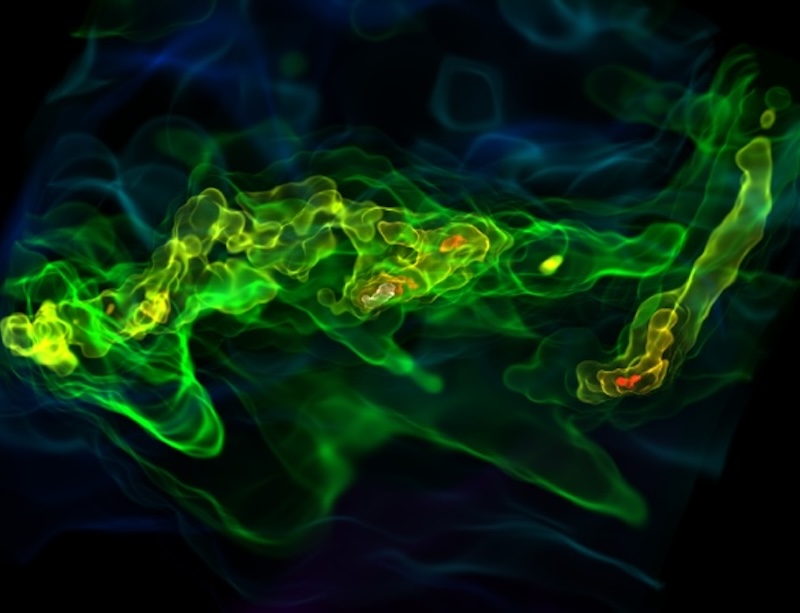
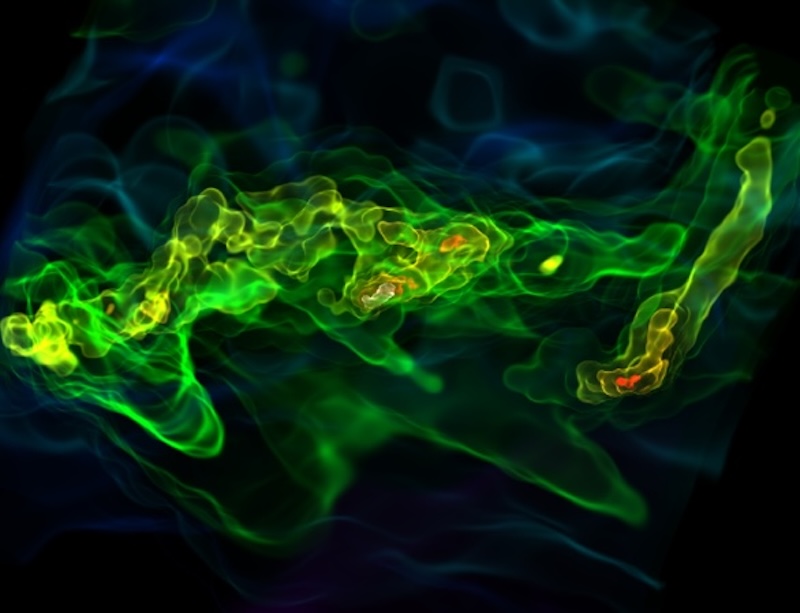
- What was the early universe like? Astronomers thought the first stars were gigantic and drifted in isolation in relatively calm clouds of gas.
- But the first star-forming clouds were turbulent and clumpy, a new study from researchers in Taiwan suggests. The turbulence reached supersonic speeds. This was only a few hundred million years after the Big Bang.
- The first stars in the universe were less massive but more numerous than previously thought, the study says.
The early universe
What did the early universe look like, before there were any stars? Researchers at the Academia Sinica Institute of Astronomy and Astrophysics (ASIAA) in Taiwan have a new answer. On August 5, 2025, the researchers said their cutting-edge simulations show the universe was turbulent, clumpy and supersonic. These were the first star-forming clouds, or early forms of galaxies. The researchers simulated a mini-halo of dark matter – 10 million times more massive than our sun – to track the movements of gas within a star-forming cloud.
A dark matter mini-halo is a small, gravitationally bound clump of dark matter that can exist within a larger dark matter halo. A single dark matter halo contains multiple smaller clumps of dark matter, held together by gravity.
Astrophysicist Ke-Jung Chen at ASIAA led the research team. The researchers used the GIZMO simulation code and high-resolution cosmological data from the IllustrisTNG project for their study. GIZMO is a flexible, massively parallel, multi-physics simulation code. The IllustrisTNG project, likewise, is an ongoing series of large, cosmological magnetohydrodynamical simulations of galaxy formation. Magnetohydrodynamics (MHD) is a field of study that examines the behavior of electrically conducting fluids, like plasmas and liquid metals, in the presence of magnetic fields.
The new findings reveal how chaotic the universe was only a few hundred million years after the Big Bang. You might think it was a generally tranquil place, but it was anything but!
The researchers published their peer-reviewed findings in The Astrophysical Journal Letters on July 30, 2025.

A turbulent and chaotic early universe
It seems natural to think that before the first stars and galaxies formed, the universe was a rather quiet place. But the new findings from Chen and his team suggest just the opposite.
The first star-forming clouds – not the fully-formed galaxies we see now – were clumpy and surprisingly turbulent. In fact, that turbulence was supersonic, reaching speeds of up to five times faster than the speed of sound. (The speed of sound is about 761 miles per hour or 1,225 kph).
Gas falling into the dark matter mini-halos generated the turbulence. The turbulence was powerful enough to shred the cloud into multiple dense clumps. For the dark matter mini-halo that the researchers studied, one of the resulting clumps was ready to form a new star eight times as massive as the sun.
Chen said:
This is the first time we’ve been able to resolve the full development of turbulence during the earliest phases of the first star formation. It shows that violent, chaotic motions were not only present, they were crucial in shaping the first stars.
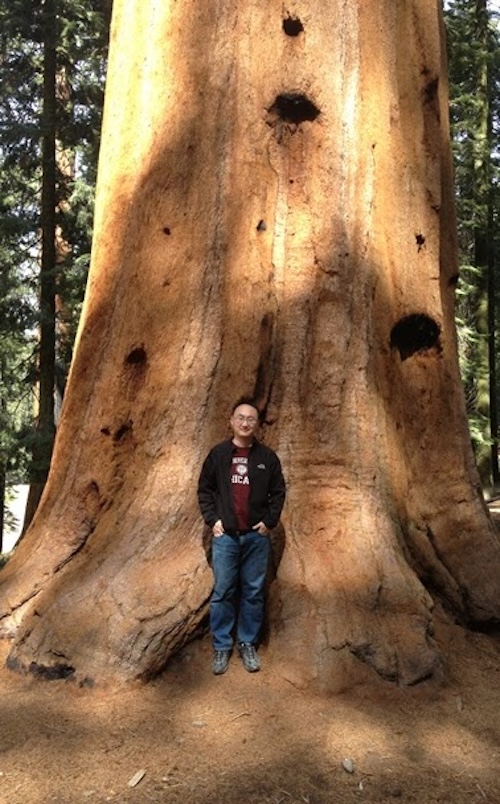
1st stars less massive but more numerous
Interestingly, the results also suggest that the first stars born in the universe were less massive but more numerous than previously thought. This contradicts earlier star formation models. In that scenario, the first stars were gigantic and solitary. They drifted through much smoother and less chaotic clouds of gas.
The results could also help explain another mystery. That mystery is the lack of chemical fingerprints from the massive first stars – which exploded – in the oldest stars we see today. But astronomers have never confirmed those fingerprints. If such massive stars were rare, as the study suggests, that could explain the lack of leftover chemical signatures.
The findings might also help astronomers better understand other cosmic phenomena as well. This includes early-universe magnetic fields, the formation of black holes and the origin of the chemical elements in the universe. As Chen noted:
This simulation represents a leap forward in connecting large-scale cosmic structure formation with the microscopic processes that govern star birth. By uncovering the role of turbulence, we’re one step closer to understanding how the cosmic dawn began.
Bottom line: In a surprisingly chaotic early universe, the first star-forming clouds experienced supersonic turbulence only a few hundred million years after the Big Bang.
Source: Formation of Supersonic Turbulence in the Primordial Star-forming Cloud
Read more: Surprising galaxy shines through fog of the early universe
Read more: Red monsters were massive galaxies in the early universe
The post Surprisingly chaotic early universe had supersonic turbulence first appeared on EarthSky.
Stay Informed With the Latest & Most Important News
Previous Post
Next Post
-
 012024 in Review: Highlights from NASA in Silicon Valley
012024 in Review: Highlights from NASA in Silicon Valley -
 02Panasonic Leica Summilux DG 15mm f/1.7 ASPH review
02Panasonic Leica Summilux DG 15mm f/1.7 ASPH review -
 03How New NASA, India Earth Satellite NISAR Will See Earth
03How New NASA, India Earth Satellite NISAR Will See Earth -
 04And Thus Begins A New Year For Life On Earth
04And Thus Begins A New Year For Life On Earth -
 05Astronomy Activation Ambassadors: A New Era
05Astronomy Activation Ambassadors: A New Era -
06SpaceX launch surge helps set new global launch record in 2024
-
 07From Polymerization-Enabled Folding and Assembly to Chemical Evolution: Key Processes for Emergence of Functional Polymers in the Origin of Life
07From Polymerization-Enabled Folding and Assembly to Chemical Evolution: Key Processes for Emergence of Functional Polymers in the Origin of Life













